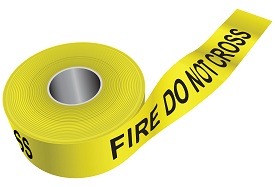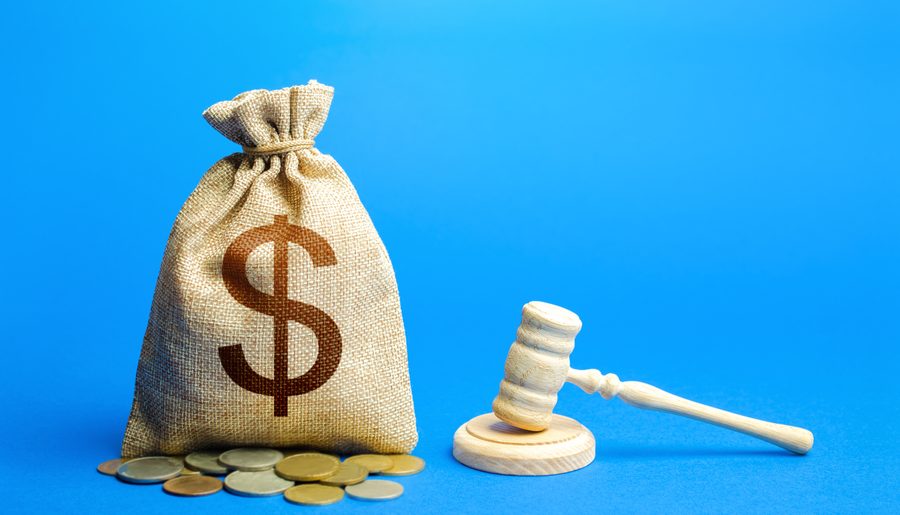 The Supreme Court of Texas recently revisited the concept of spoliation of evidence in Brookshire Brothers, Ltd. v. Aldridge. The case involved a slip and fall at a Brookshire Brothers grocery store. In discovery, the grocery store produced a video approximately eight minutes in length starting just before the plaintiff entered the store and concluding shortly after his fall. The plaintiff later requested an additional two-and-a-half hours of additional footage from the store cameras. The grocery store was unable to comply with that request because the footage had been recorded over almost a year earlier.
The Supreme Court of Texas recently revisited the concept of spoliation of evidence in Brookshire Brothers, Ltd. v. Aldridge. The case involved a slip and fall at a Brookshire Brothers grocery store. In discovery, the grocery store produced a video approximately eight minutes in length starting just before the plaintiff entered the store and concluding shortly after his fall. The plaintiff later requested an additional two-and-a-half hours of additional footage from the store cameras. The grocery store was unable to comply with that request because the footage had been recorded over almost a year earlier.
The trial court ultimately allowed the jury to hear evidence on whether the grocery store spoliated the video, submitted a spoliation instruction to the jury and allowed the jury to decide whether spoliation occurred. The jury determined that the grocery store was negligent and awarded the plaintiff damages. The court of appeals later affirmed the trial court’s judgment on the verdict, holding that the trial court did not abuse its discretion in admitting evidence of spoliation or providing the jury with a spoliation instruction.
The grocery store appealed to The Supreme Court of Texas. The Court noted that to address spoliation, trial courts must have wide discretion in remedying such conduct and in imposing sanctions to deter it. However, the court also noted that the imposition of a severe sanction (such as a spoliation jury instruction) can shift the focus of the case from the merits of the lawsuit to the alleged improper conduct of one of the parties during litigation. In order to combat this potential problem, the Court decided that greater clarity was needed regarding whether spoliation occurred, and the parameters of a trial court’s discretion to impose an appropriate remedy.
In crafting a new approach to the issue of spoliation, the court held that a spoliation analysis will involve a two-step judicial process: (1) the trial court must determine, as a question of law, whether a party spoliated evidence, and (2) if spoliation occurred, the court must assess an appropriate remedy. To conclude that a party spoliated evidence, the court must find that (1) the spoliating party had a duty to reasonably preserve evidence, and (2) the party intentionally or negligently breached that duty by failing to do so. Spoliation findings-and their related sanctions-will now be determined solely by the trial judge in order to avoid unfairly prejudicing the jury by the presentation of irrelevant facts to the merits of the underlying lawsuit.
This decision is an important one for subrogation professionals that handle claims in Texas. No longer will a party be able to assert that it will obtain a spoliation instruction without a court first determining that such an instruction is warranted as a matter of law. The other important takeaway from this decision is the fact that the spoliation must be intentional or negligent. However, the court noted that with respect to negligent spoliation, the act must so prejudice the non-spoliating party to a degree that it is irreparably deprived of having any meaningful ability to present a claim or defense. This is obviously a high hurdle to clear which should alleviate a number of the unfounded spoliation claims in Texas that subrogation professionals often encounter.





